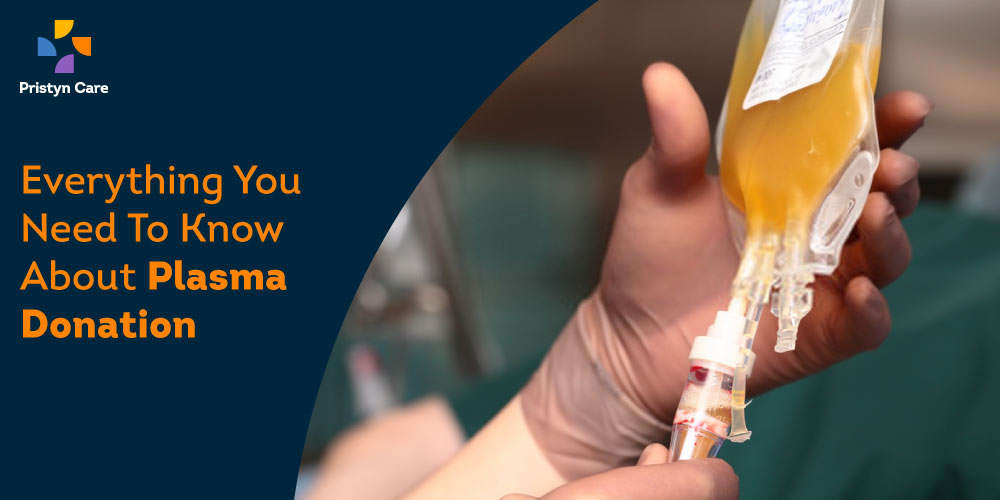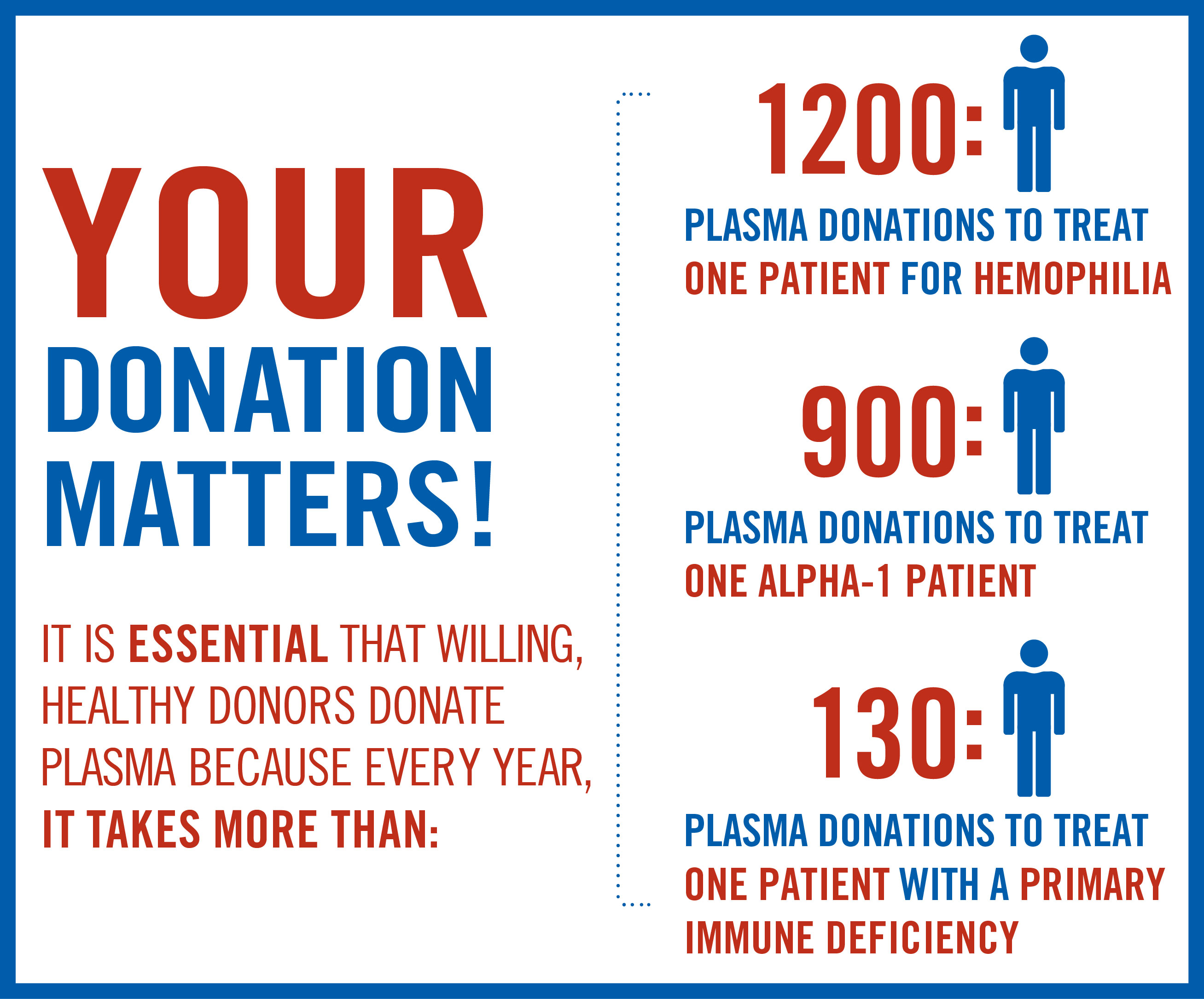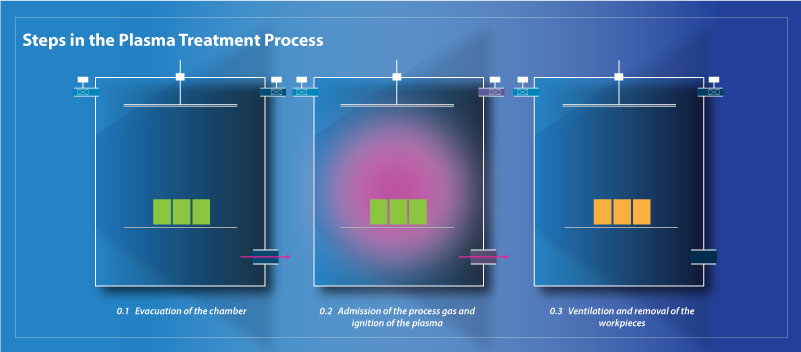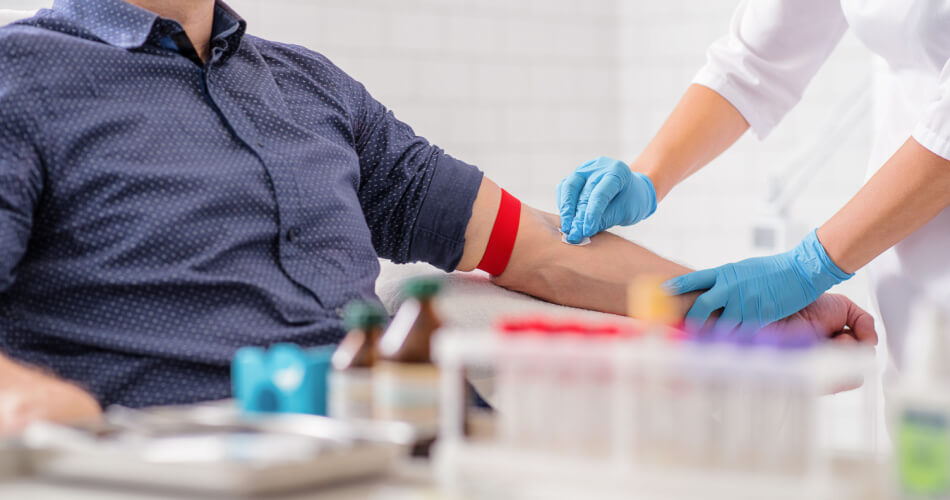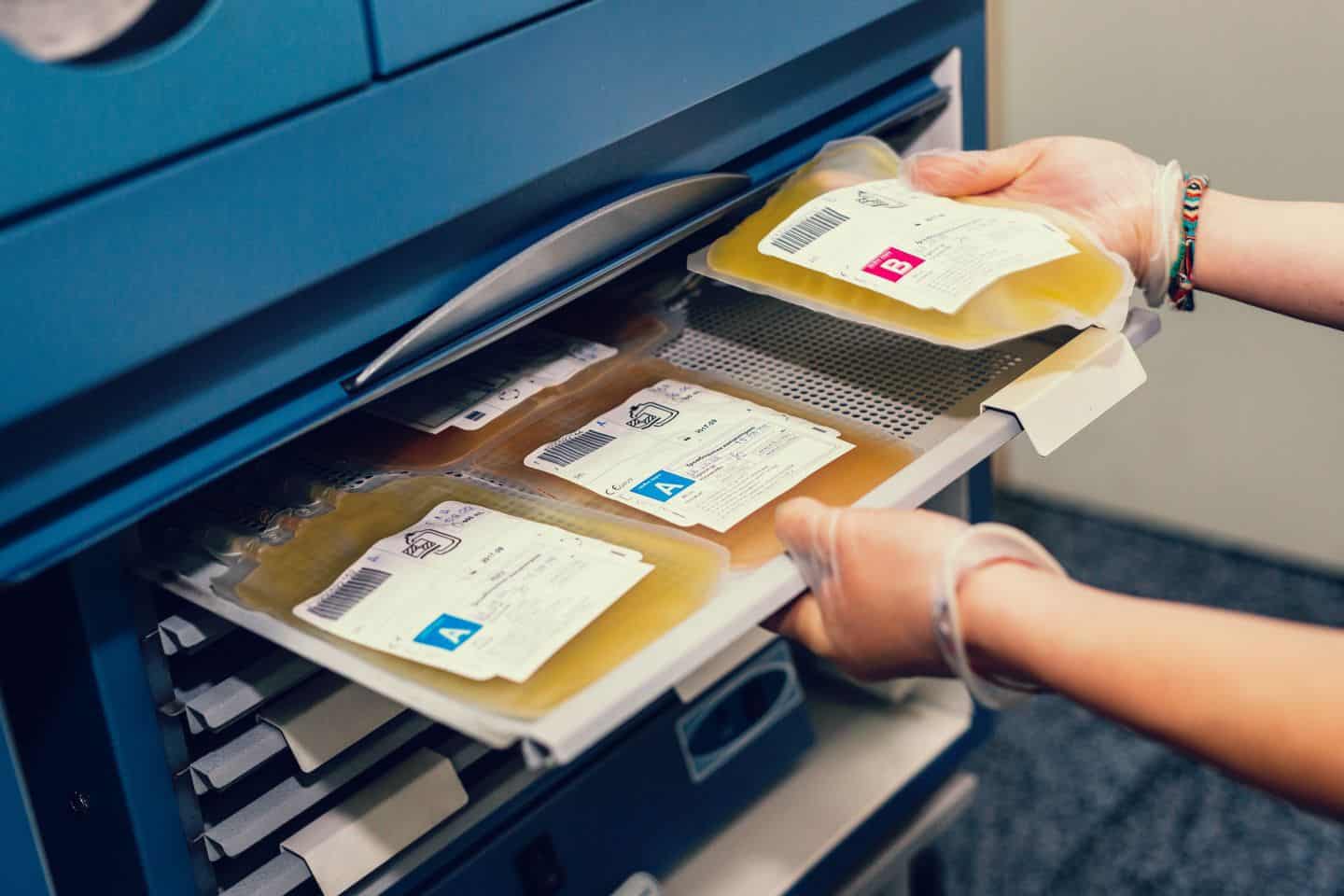What is Plasma Donation and Why is it Valuable?
Plasma donation is a vital process that involves collecting the liquid portion of blood, which is rich in antibodies, clotting factors, and other essential proteins. This valuable resource is used to create life-saving therapies for patients with rare and serious diseases, such as hemophilia, immunodeficiency disorders, and certain types of cancer. The demand for plasma is increasing, driven by advances in medical research and the growing need for these therapies. As a result, plasma donation centers are seeking eligible donors to contribute to this critical effort.
Donating plasma is a safe and relatively painless process that typically takes about an hour to complete. During the donation process, the plasma is separated from the other blood components and collected into a special container. The remaining blood components, including red and white blood cells, are returned to the donor’s body. This process is repeated several times to collect the desired amount of plasma.
Plasma donation is not only a valuable contribution to medical research and treatment, but it also provides an opportunity for individuals to earn money. Many plasma donation centers offer compensation to donors, which can range from $20 to $50 per donation, depending on the location and the individual’s eligibility. While the pay may not be substantial, it is a way for individuals to earn some extra money while contributing to a good cause.
For those interested in selling plasma, it is essential to understand the process and the requirements involved. Donors must meet specific eligibility criteria, including age, weight, and medical history. They must also undergo a medical examination and screening process to ensure their safety and the quality of the plasma collected.
As the demand for plasma continues to grow, the opportunities for individuals to sell plasma are increasing. With the right information and resources, individuals can make informed decisions about plasma donation and take advantage of this valuable opportunity to earn money while contributing to medical research and treatment.
How Much Can You Earn from Selling Plasma?
Plasma donation compensation rates vary depending on the location, frequency of donations, and individual eligibility. On average, plasma donors can earn between $20 to $50 per donation, with some centers offering higher rates for frequent donors or those with specific blood types.
The frequency of donations allowed also impacts earnings. Most plasma donation centers allow donors to donate twice within a 7-day period, with a minimum of 2 days in between donations. This means that donors can potentially earn up to $100 per week, or $400 per month, depending on the center’s pay rates and their individual eligibility.
Some plasma donation centers offer additional incentives, such as referral bonuses or loyalty programs, which can increase earnings. For example, Grifols offers a referral program that rewards donors with $50 for each friend referred, while BioLife offers a loyalty program that rewards donors with $100 for every 10 donations made.
It’s essential to note that plasma donation compensation rates are not the same as selling plasma for money. While some centers may offer higher rates for frequent donors or those with specific blood types, the primary purpose of plasma donation is to contribute to medical research and treatment, not to earn a significant income.
When considering selling plasma, it’s crucial to research the center’s pay rates, frequency of donations allowed, and individual eligibility requirements. This will help donors understand their potential earnings and make informed decisions about their plasma donation experience.
In addition to the financial benefits, plasma donors can also take pride in knowing that their contributions are helping to save lives and advance medical research. With the growing demand for plasma, donors have the opportunity to make a real difference while earning some extra money.
Factors Affecting Plasma Donation Pay Rates
Plasma donation pay rates are influenced by several factors, including location, weight, and frequency of donations. Understanding these factors can help donors maximize their earnings and make informed decisions about their plasma donation experience.
Location is a significant factor in determining plasma donation pay rates. Donors in urban areas tend to earn more than those in rural areas, as the demand for plasma is higher in cities. Additionally, some states have higher pay rates than others, with California and Texas being among the top-paying states.
Weight is another factor that affects plasma donation pay rates. Donors who weigh more tend to earn more, as they can donate more plasma per session. However, donors who are underweight or overweight may be eligible for lower pay rates or may not be eligible to donate at all.
Frequency of donations is also a critical factor in determining plasma donation pay rates. Donors who donate regularly tend to earn more than those who donate sporadically, as they can take advantage of loyalty programs and referral bonuses. Some plasma donation centers offer bonuses for frequent donors, which can increase earnings.
To maximize pay, donors should consider the following tips:
- Donate regularly to take advantage of loyalty programs and referral bonuses.
- Choose a plasma donation center in a high-paying location.
- Maintain a healthy weight to increase the amount of plasma that can be donated.
- Take advantage of promotions and bonuses offered by plasma donation centers.
By understanding the factors that affect plasma donation pay rates and following these tips, donors can maximize their earnings and make the most of their plasma donation experience.
It’s essential to note that while pay rates are an important consideration, they should not be the only factor in deciding to donate plasma. Donors should also consider the importance of contributing to medical research and treatment, as well as the potential impact on their overall health.
A Step-by-Step Guide to Selling Plasma
Selling plasma can be a straightforward process, but it’s essential to follow the correct steps to ensure a smooth and successful experience. Here’s a step-by-step guide on how to sell plasma:
Step 1: Find a Plasma Donation Center
Start by finding a plasma donation center near you. You can search online or check with local hospitals or medical centers to see if they have a plasma donation program. Some popular plasma donation centers include Grifols, BioLife, and CSL Plasma.
Step 2: Meet Eligibility Requirements
Before you can donate plasma, you’ll need to meet certain eligibility requirements. These typically include being at least 18 years old, weighing at least 110 pounds, and being in good overall health. You’ll also need to pass a medical examination and screening test.
Step 3: Understand the Donation Process
The plasma donation process typically takes about an hour to complete. You’ll be seated comfortably and a needle will be inserted into a vein in your arm. The plasma will be collected and the remaining blood components will be returned to your body.
Step 4: Register and Complete the Screening Process
Once you’ve found a plasma donation center and met the eligibility requirements, you’ll need to register and complete the screening process. This will typically involve filling out a questionnaire and undergoing a medical examination.
Step 5: Donate Plasma and Get Paid
After you’ve completed the screening process, you’ll be able to donate plasma and get paid. The payment amount will vary depending on the plasma donation center and your individual eligibility.
By following these steps, you can sell plasma and earn money while contributing to medical research and treatment. Remember to always prioritize your health and safety, and don’t hesitate to ask questions or seek guidance if you need it.
Top Plasma Donation Centers: A Comparison
When it comes to selling plasma, it’s essential to choose a reputable and reliable plasma donation center. Here’s a comparison of some of the top plasma donation centers, including their pay rates, locations, and requirements:
Grifols
Grifols is one of the largest plasma donation centers in the world, with over 200 locations across the United States, Europe, and Asia. They offer competitive pay rates, ranging from $20 to $50 per donation, depending on the location and individual eligibility.
BioLife
BioLife is another prominent plasma donation center, with over 100 locations across the United States and Europe. They offer pay rates ranging from $20 to $40 per donation, depending on the location and individual eligibility.
CSL Plasma
CSL Plasma is a leading plasma donation center, with over 200 locations across the United States, Europe, and Asia. They offer pay rates ranging from $20 to $50 per donation, depending on the location and individual eligibility.
When choosing a plasma donation center, it’s essential to consider factors such as pay rates, location, and requirements. Some centers may offer higher pay rates or more convenient locations, while others may have stricter eligibility requirements.
Here’s a summary of the top plasma donation centers:
| Center | Pay Rate | Location | Requirements |
|---|---|---|---|
| Grifols | $20-$50 | 200+ locations worldwide | 18+ years old, 110+ pounds, good overall health |
| BioLife | $20-$40 | 100+ locations in the US and Europe | 18+ years old, 110+ pounds, good overall health |
| CSL Plasma | $20-$50 | 200+ locations worldwide | 18+ years old, 110+ pounds, good overall health |
By comparing the top plasma donation centers, you can make an informed decision about which center is right for you and maximize your earnings from selling plasma.
Common Questions and Concerns about Selling Plasma
Selling plasma can be a safe and rewarding experience, but it’s natural to have questions and concerns. Here are some common questions and concerns about selling plasma, along with reassurance and clarity:
Is Selling Plasma Safe?
Selling plasma is a safe and regulated process. Plasma donation centers follow strict guidelines and protocols to ensure the safety of donors and the quality of the plasma collected.
What Are the Eligibility Requirements?
To be eligible to sell plasma, you must be at least 18 years old, weigh at least 110 pounds, and be in good overall health. You will also need to pass a medical examination and screening test.
How Often Can I Donate Plasma?
The frequency of plasma donations varies depending on the center and individual eligibility. Typically, donors can donate plasma twice within a 7-day period, with a minimum of 2 days in between donations.
Will Selling Plasma Affect My Health?
Selling plasma is a safe process, and the plasma is collected in a way that does not harm the donor. However, it’s essential to follow the center’s guidelines and protocols to ensure your safety and the quality of the plasma collected.
Can I Sell Plasma If I Have a Medical Condition?
It depends on the medical condition. Some medical conditions, such as diabetes or high blood pressure, may not be eligible for plasma donation. However, it’s best to consult with the plasma donation center and a medical professional to determine eligibility.
By addressing these common questions and concerns, you can feel more confident and informed about selling plasma. Remember, selling plasma is a safe and rewarding experience that can help you earn money while contributing to medical research and treatment.
Maximizing Your Earnings: Tips and Strategies
To maximize your earnings from selling plasma, it’s essential to understand the factors that influence pay rates and to develop a strategy that works for you. Here are some tips and strategies to help you get the most out of your plasma donation experience:
Donate Regularly
Donating plasma regularly can help you earn more money and maximize your earnings. Most plasma donation centers allow donors to donate twice within a 7-day period, with a minimum of 2 days in between donations.
Refer Friends and Family
Referring friends and family to sell plasma can be a great way to earn extra money. Many plasma donation centers offer referral bonuses for successful referrals, which can range from $20 to $50 per referral.
Take Advantage of Promotions
Many plasma donation centers offer promotions and special offers to attract new donors and reward loyal donors. Keep an eye out for these promotions and take advantage of them to maximize your earnings.
Choose a High-Paying Plasma Donation Center
Not all plasma donation centers pay the same rate. Research and compare the pay rates of different centers in your area to find the one that offers the highest pay rate.
Meet the Eligibility Requirements
To maximize your earnings, it’s essential to meet the eligibility requirements for plasma donation. This includes being at least 18 years old, weighing at least 110 pounds, and being in good overall health.
By following these tips and strategies, you can maximize your earnings from selling plasma and make the most of your plasma donation experience.
Conclusion: Unlocking the Value of Your Plasma
In conclusion, selling plasma is a valuable and rewarding experience that can provide individuals with a viable way to earn money while contributing to medical research and treatment. By understanding the process of plasma donation, the factors that influence pay rates, and the tips and strategies for maximizing earnings, individuals can make informed decisions about their plasma donation experience.
As the demand for plasma continues to grow, the opportunities for individuals to sell plasma are increasing. With the right information and resources, individuals can unlock the value of their plasma and make a positive impact on their financial situation and the medical community.
Remember, selling plasma is a safe and regulated process that is essential for the development of life-saving therapies. By donating plasma, individuals can help save lives and contribute to the advancement of medical research and treatment.
So, if you’re considering selling plasma, don’t hesitate to take the first step. Find a reputable plasma donation center, meet the eligibility requirements, and start donating today. With the right mindset and strategy, you can unlock the value of your plasma and achieve your financial goals.

